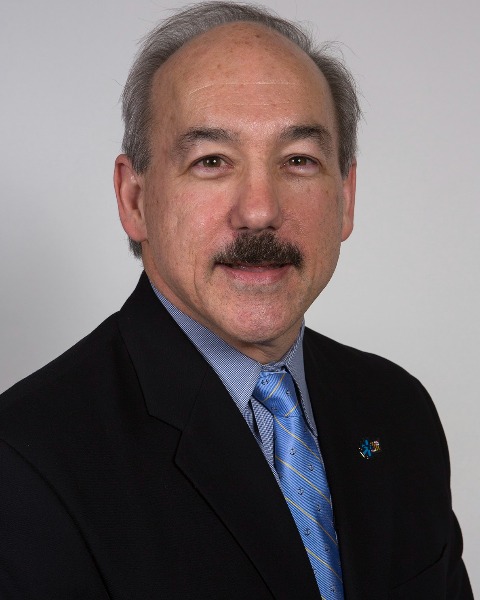Concurrent Block #9
911, EMS, Fire & Law Enforcement
From Maryland to Chicago to Yorkshire: Case Studies in Innovative T-CPR Programs
Act to Save the Most Lives! Impact of focused Education directed at T-CPR and High Performance CPR on lives saved in Charles County, MD
Saturday, December 2, 2023
11:30 AM - 11:45 AM PST
Location: Town and Country Ballroom B

Kevin G. Seaman, FACEP, FAEMS
Medical Director
Charles County DES, Maryland Resuscitation Academy
Millersville, MD, United StatesDisclosure(s): No financial relationships to disclose
Primary Presenter(s)
Disclosure(s):
Kevin G. Seaman, FACEP, FAEMS: No financial relationships to disclose
Summary: Learn how one county increased survivorship by implementing greater bystander CPR through T-CPR and providing high-quality CPR by EMS first responders.
Synopsis: Dispatch contributions to the chain of survival, through actions of 911 telecommunicators, can affect Early Access, Early CPR, Early defibrillation and can alert Early Advanced Care to respond, four of the five rings in the chain of survival. Learn how a pilot program to test a new low-dose, high frequency educational paradigm for telecommunicators callenged the status quo. It lead them on an educational journey from novice to mastery learners in the recognition of cardiac arrest over the telephone and in coaching effective instructions leading to the chest compressions by bystander/callers.
Additionally, a similar educational program was implemented with EMS clinicians to maximize performance of High Performance CPR. Through the single prehospital electronic patient care report, feeding to a Maryland statewide CARES registry, data on survival from prehospital cardiac arrest will be reported for patients in Charles County Maryland and an increase in survival will be shown over the course of the pilot educational interventions. Future plans would be to pilot this education in additional communities in Maryland.
Synopsis: Dispatch contributions to the chain of survival, through actions of 911 telecommunicators, can affect Early Access, Early CPR, Early defibrillation and can alert Early Advanced Care to respond, four of the five rings in the chain of survival. Learn how a pilot program to test a new low-dose, high frequency educational paradigm for telecommunicators callenged the status quo. It lead them on an educational journey from novice to mastery learners in the recognition of cardiac arrest over the telephone and in coaching effective instructions leading to the chest compressions by bystander/callers.
Additionally, a similar educational program was implemented with EMS clinicians to maximize performance of High Performance CPR. Through the single prehospital electronic patient care report, feeding to a Maryland statewide CARES registry, data on survival from prehospital cardiac arrest will be reported for patients in Charles County Maryland and an increase in survival will be shown over the course of the pilot educational interventions. Future plans would be to pilot this education in additional communities in Maryland.
Learning Objectives:
- Describe educational strategies as described by AHA, including performance metrics, to improve survival from out of hospital cardiac arrest
- Describe and discuss survival in Charles County, from CARES, during the 3 year pilot and the synergy between T-CPR and high performance CPR, which, when implemented, is associated with improved survival.
- This presentation will include ways to educate citizens that can lead to a comprehensive change to a culture of excellence and improved CPR training in the community, schools and workplace.
- This presentation will discuss how to implement three (3) elements of a comprehensive dispatch CPR and/or rapid dispatch program.
- This presentation will describe one or more survivor / rescuer stories that can be used to illustrate an effective chain of survival for cardiac arrest.
- This presentation will include components of a high quality collaborative cardiovascular and resuscitation program in a dispatch, EMS and / or healthcare system that has demonstrated improvement in survival from SCA.
- This presentation will include strategies for implementing data collection and quality improvement programs in an ECC system to support accountability and reporting.
